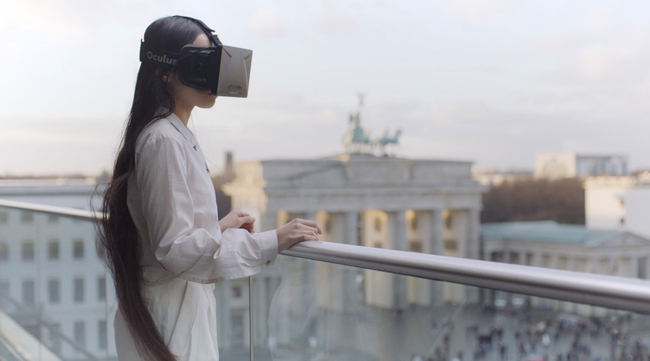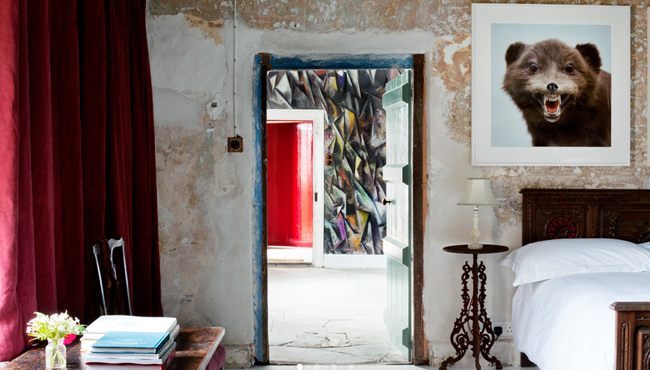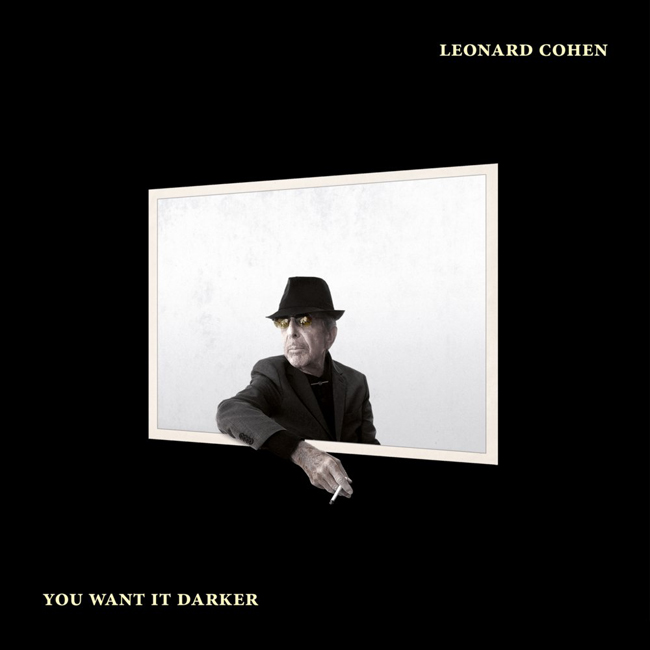
SURPRISE AND DISAPPOINTMENT OF THE YEAR 2016
08/01/2017
Now that we’ve settled on which were the most intriguing art exhibitions and cultural events of 2016, in addition to having revealed our survey members’ recommendations on which art collections are worth discovering, which cultural publications inspired them, and which new architectural wonders have brought them the most joy – it’s time to point out the year’s biggest surprises and greatest disappointments.

Berlin Biennale. Speculative Ambience, 2016. Courtesy Berlin Biennale für zeitgenössische Kunst / for Contemporary Art
Kaspars Groševs, artist (Latvia)
+ / - I was surprised by the Berlin Biennale’s ability to be both irritating and interesting at the same time. A feeling of disappointment may have followed me like a pestering escort, however, I sensed nothing bitter enough this year that it could be called a Disappointment. Maybe the exclusion of a few beloved artists in one or another list of nominees for an award; maybe the vague concept behind this year’s Riga Sculpture Quadrennial, which was unable to unite truly great artists into a warming embrace; perhaps an extra, unnecessary screw or drywall panel here or there, but overall, I’d have to say that everything is going forward, and it seems wiser to do things that really warrant improvement.
Sergei Khachaturov, art critic and curator (Russia)
- The destruction of the sole public institution supporting contemporary art in Russia, the National Centre for Contemporary Art of the Russian Federation.

Durslade’s Farmhouse. Photo: Aaron Schuman
Julien Robson, curator (Austria/USA)
- It was depressing to hear about the way that the economics of austerity has led local governments in Britain to target the funding of arts institutions. In particular, the threat to the New Art Gallery in Walsall, England, where the local council has stated it will remove all of its funding over a four-year period. Not only is this institution important to the inhabitants of one of the most depressed cities in England, it is also an important part of Britain’s contemporary visual arts structure. It is housed in a beautiful building that was made possible with Lottery funds, and has a wonderful collection of sculptures by Jacob Epstein.
+ On a brighter note, I find the positive role that Hauser and Wirth have taken in developing their facility in Somerset exciting. The program at Durslade Farm has not only been actively inclusive of the local population, it has also benefited the growth of the local economy. Hats off to Iwan and Manuela Wirth, and Alice Workman.
Francisco Martínez, anthropologist (Spain/Estonia)
+ I would like to highlight the work done by Irina Popiashvili and Nino Sekhniashvili in Tbilisi; The Latvian Centre of Contemporary Art in Riga; the gallery by Siim Preiman; and also the new Art Residency in Narva.
- Tallinn University, still cutting more faculty jobs and applying an erratic strategy that does not favor academic excellence in the field of the humanities. As a former student and employee of that university, it makes me sad to learn that inspiring colleagues are leaving the institution.

Leonard Cohen. You Want It Darker, 2016. Album cover
David Kennedy-Cutler, artist (USA)
- The greatest event of the year, symbolically, was Leonard Cohen’s death, which was announced just a few days after the election of Donald Trump. Double decimation. I just could not even read his obituary... it was like the death of romance, sensitivity, and longing. I wanted to escape to wherever Cohen went. As Kurt Cobain sang, “give me a Leonard-Cohen afterworld, so I can sigh eternally.”
Liisa Kaljula, curator (Estonia)
+ / - Having had the chance to observe US presidential elections on spot this autumn, I can say the biggest surprise and the biggest disappointment came hand in hand this year for much of the liberal art circles be it here or there. While this event might certainly have future consequences for the Baltic and Scandinavian culture – starting with the changing proportions of military spending and art funding - the closing year will more likely go down art history lane as a year when the case of Guggenheim Helsinki was finally closed.
Marten Esko, curator (Estonia)
+/- Maybe one of the biggest surprises was Helen Marten winning the Turner Prize, or maybe not; perhaps it’s just one of the most recent surprises and one of the post-Trump/Brexit cultural surprises, because I can’t really remember what happened before those surprises... Nothing else quite “trumps” the political surprises and disappointments of 2016, so it is difficult to put things into cultural perspective because, compared to these political changes, every surprise and disappointment in the field of culture seems minor.
Michael Haagensen, curator (Estonia)
+ The Estonian Contemporary Art Development Centre’s plans to develop an art center as part of the Noblessner Harbour complex in Tallinn.
- The experimental art publication “Uus Number”.

Rhike Park – Music Theater and Exhibition Hall by Studio Fuksas, in Tbilisi, Georgia. Photo: Courtesy of Studio Fuksas
Laura Rutkute, creative director of the Vilnius gallery Vartai
- / + My holiday trip to Georgia. This country is full of surprises and, at the same time, full of sadness. It is joyful to experience how much was achieved in a sensationally short time, not only in terms of security, economy or tourism, but also in terms of culture. It’s disappointing, though, to see the rapidly progressing regression that’s coming in with the newly-elected “old government”. Some really interesting and beautiful contemporary buildings – designed by internationally renowned architects – have been left abandoned, without any prospects.
The absolute highlight was my visit to the ancient mountain village of Ushguli, the highest permanently populated place in Europe, with architecture that dates back to the 6th century. I felt like telling the whole world to come and see this UNESCO Cultural Heritage Site before it is renovated, turned into a museum, and eventually becomes much more of a touristy magnet.
Milena Orlova, art critic, Editor-in-Chief of The Art Newspaper Russia
+ I cannot name a single specific surprise; for me, art life is constantly full of all sorts of discoveries ‒ be it a vernissage at an art gallery or my first visit to a famous museum, or perhaps a new artist ‒ even if they actually belong to the old times ‒ I have ‘discovered’ for myself.
- A huge and constant disappointment for me is the irreconcilable stance adopted by representatives of opposing aesthetic camps, their unwillingness to listen to and understand their opponents, their inability to engage in an intelligent and cultured academic discussion. I constantly observe how what could have been an interesting and productive exchange of views is transformed into a micro-war, which is how we call ‘media shitstorm’ – please excuse my language.

Katarzyna Wielga-Skolimowska. Photo: A. Luba, courtesy of Radio Poland
Brigita Reinert, art theorist, critic, and editor (Estonia)
- An important event/surprise, as well as a disappointment, was the fact that the director of the Polish Culture Institute in Berlin – Katarzyna Wielga-Skolimowska – was fired for “Too Much Jewish Content”. It was definitely upsetting to hear about how the political situation is developing in Poland. Poland’s right-wing PiS-led government is, step-by-step, taking control over cultural creativity and production, while also strongly engaging in media censorship. Censorship in Poland is a difficult topic to talk about since according to their Constitution, freedom of artistic expression is guaranteed; but at the same time, in reality things are quite distorted. As we know, similar situations are also developing in many other Eastern European countries. For example, in Hungary, Prime Minister Viktor Orbán and his government’s far-right nationalist policies have given locals a hard time. Maybe my main concern is – How is it possible that such processes are actually taking place in our society, today? How can the state control institutions, funding, and the cultural elite in such a way – and just replace cultural workers with ones they find more “suitable”? As the intellectual elite in Eastern Europe are gradually being repressed by nationalistic political parties, the probable result will be a continuation of affects on both artistic production and the choices being made by cultural institutions – which might lead to very conservative approaches.

Noblessner Quarter
+ However, a positive surprise for me was the local news that Enterprise Estonia (EAS) is supporting the founding of a new institution – Noblessner Art Center – which will be established by the Estonian Contemporary Art Development Centre (ECADC) in cooperation with the Noblessner Quarter and BLRT. The multi-functional art center will be located in Noblessner Quarter, in the second story shop-floor of a more-than-a century-old building that was once a submarine factory. The whole Quarter – with residential, commercial, and other buildings – should be ready by 2018. I think this is an important step for the Estonian art and cultural scene, and in a way, it creates a much-needed support structure for connecting with other art professionals, as well as for introducing Estonian contemporary art abroad more efficiently.
Madli Ehasalu, curator (Estonia)
+ The Noblessner Art Center construction, which will hopefully activate the contemporary art market as it will provide space for large-scale exhibitions. At the same time, it is almost a pity to be talking about market-worth when we might be facing a real possibility of censorship being applied to art – under the guise of making us “more secure”.